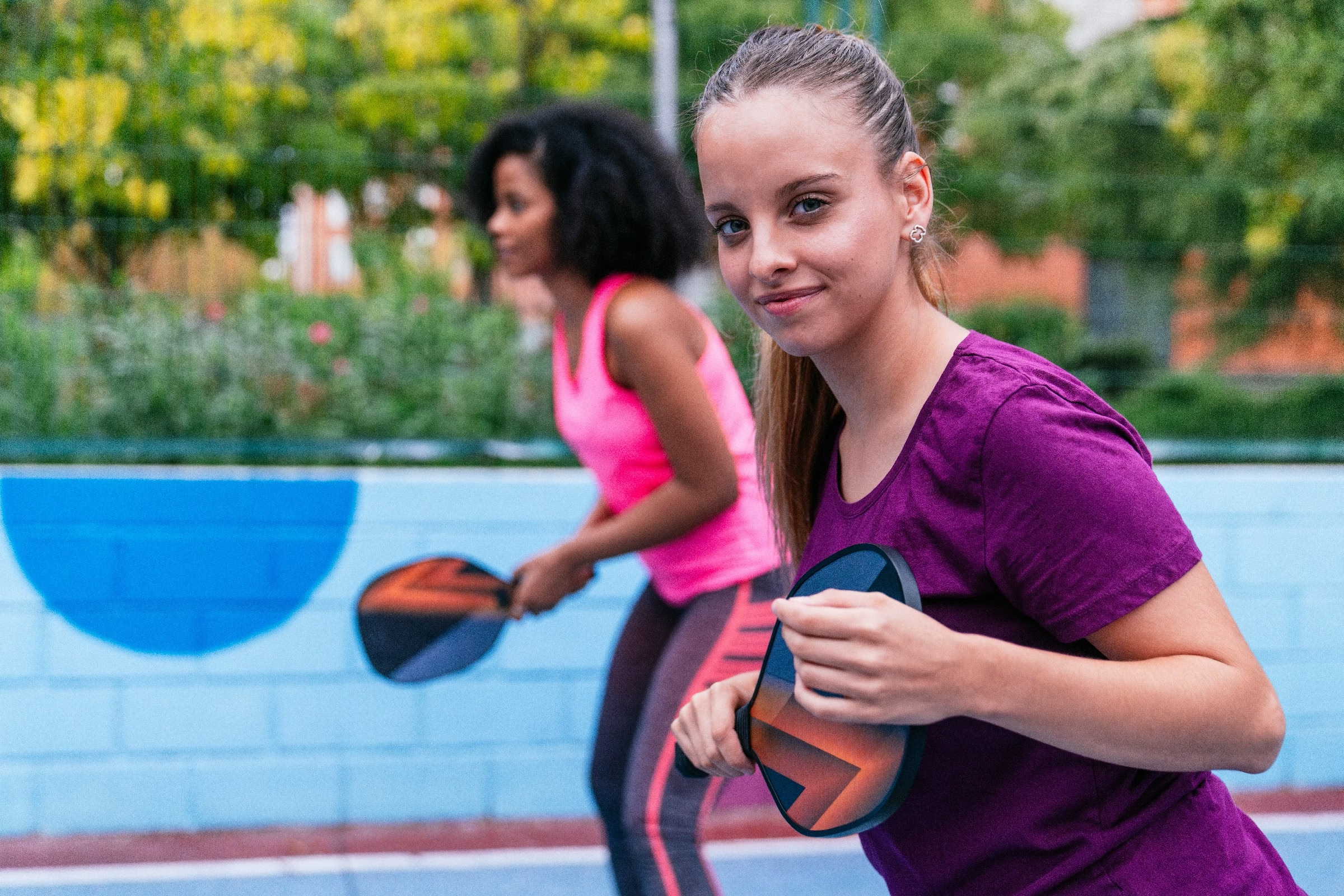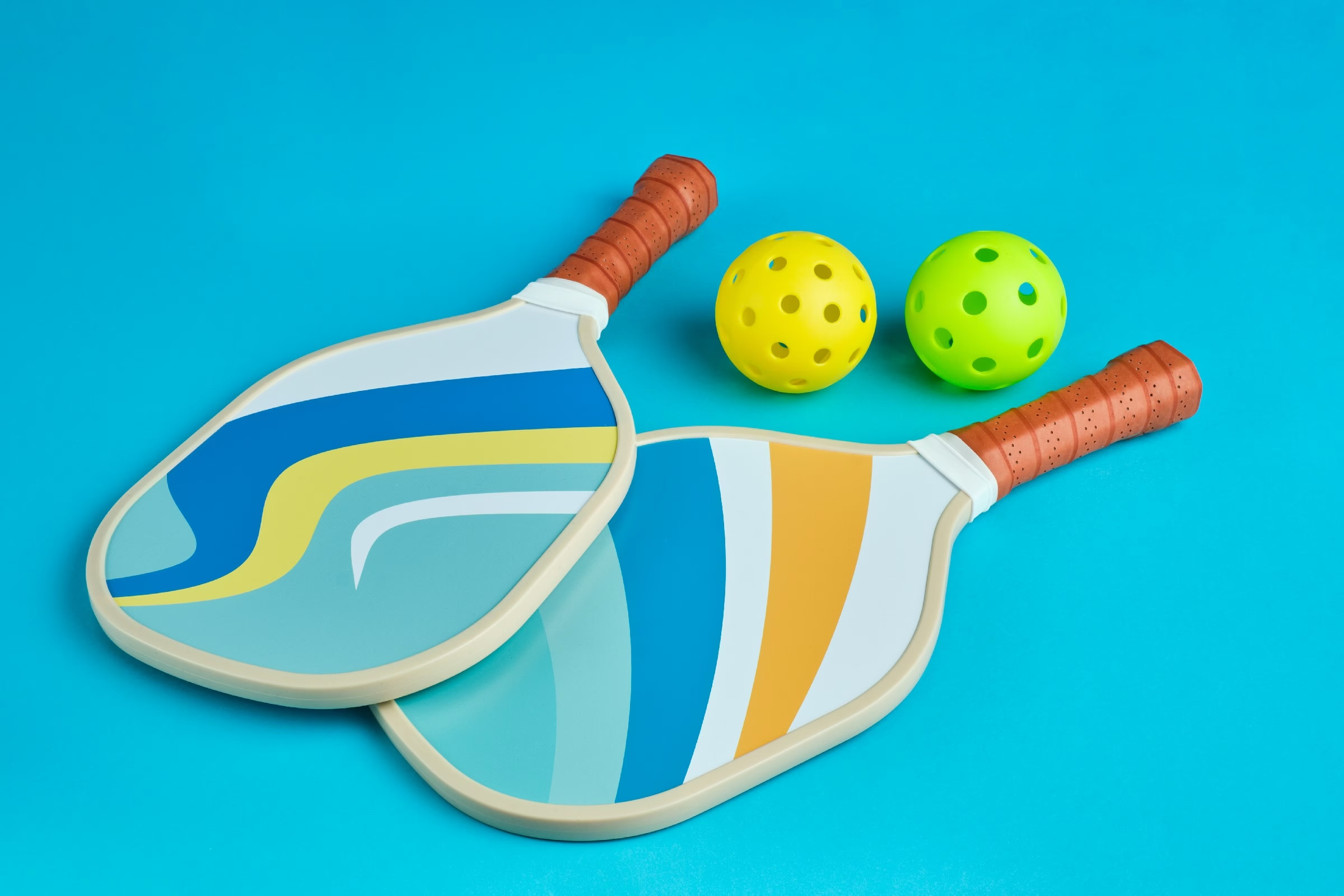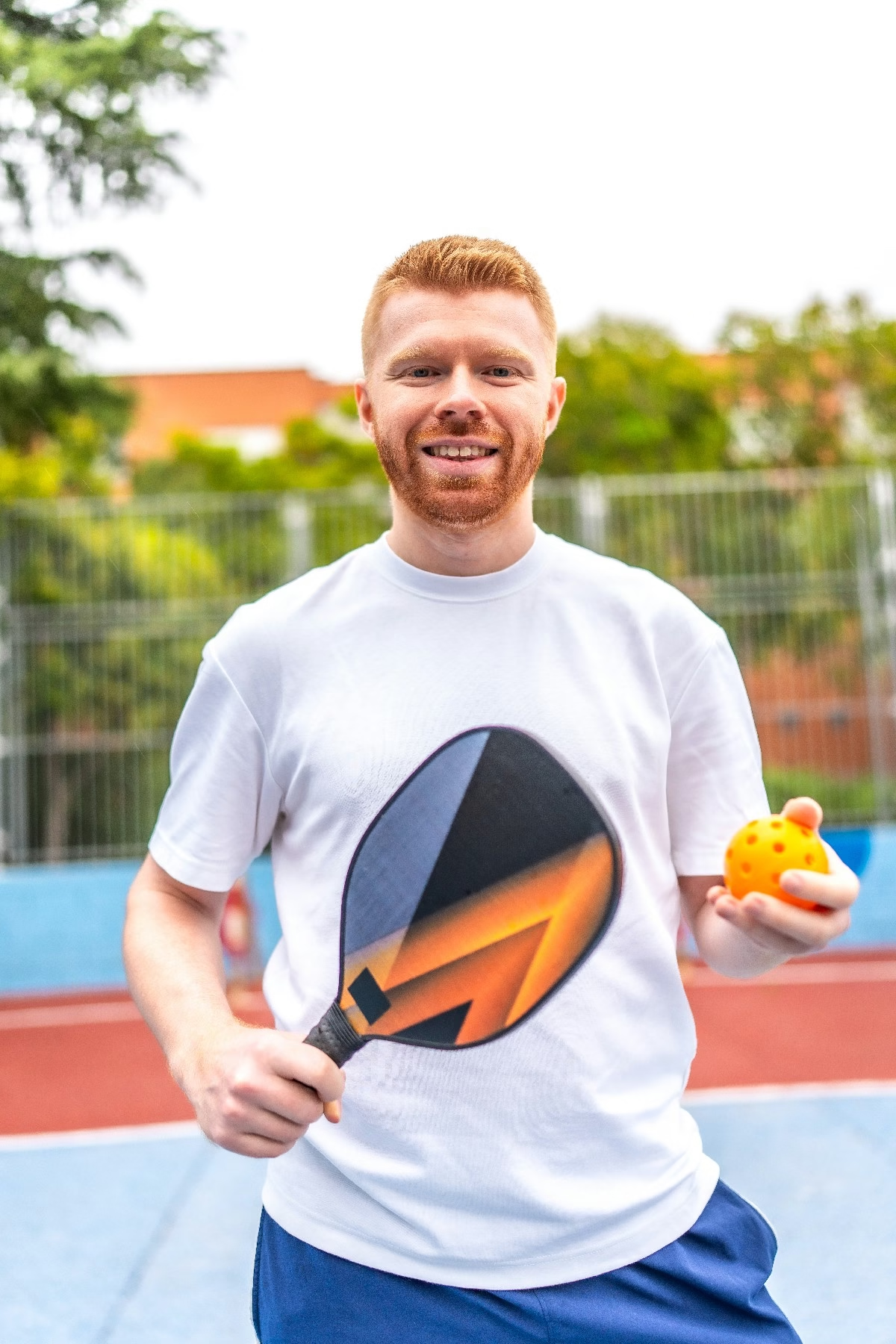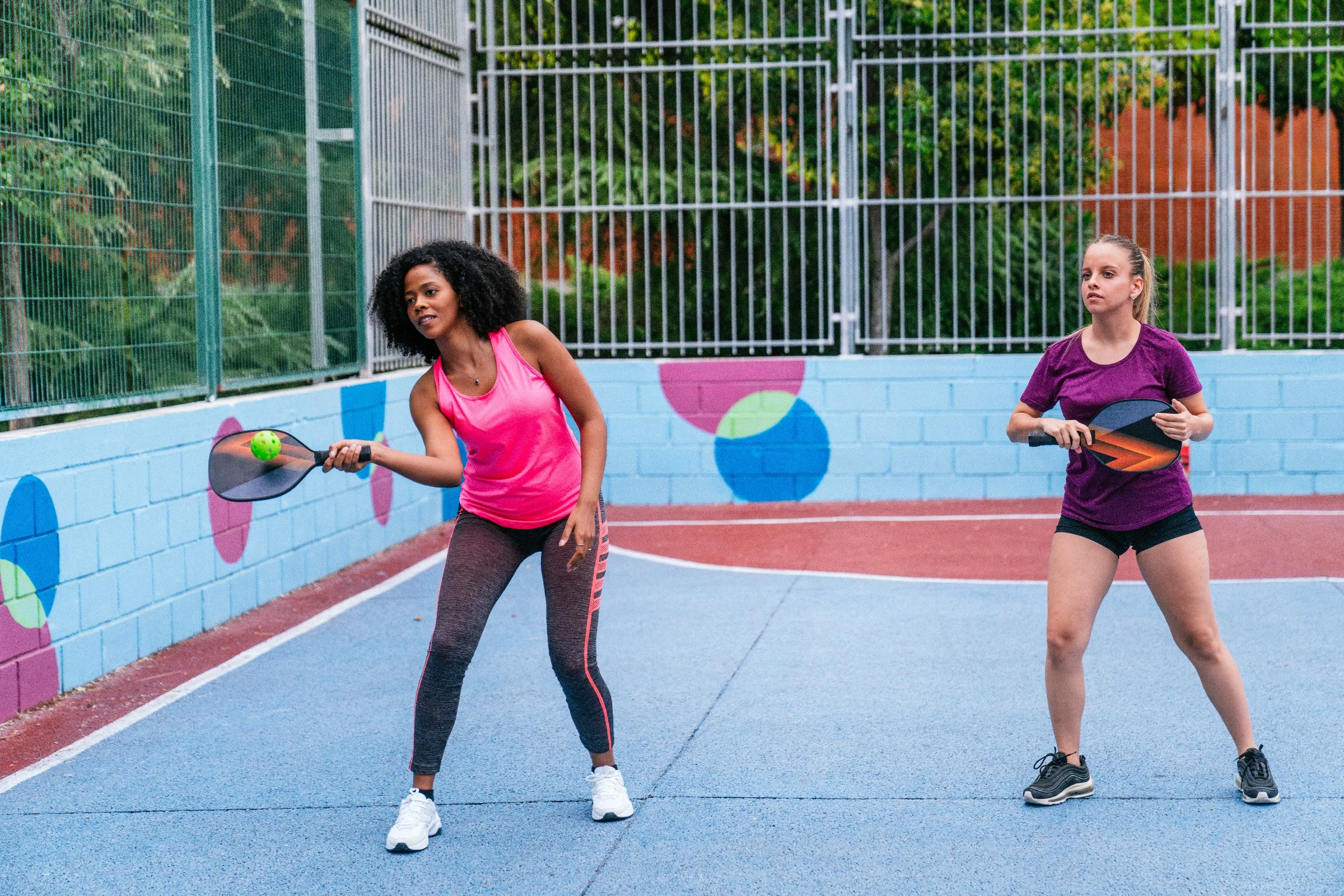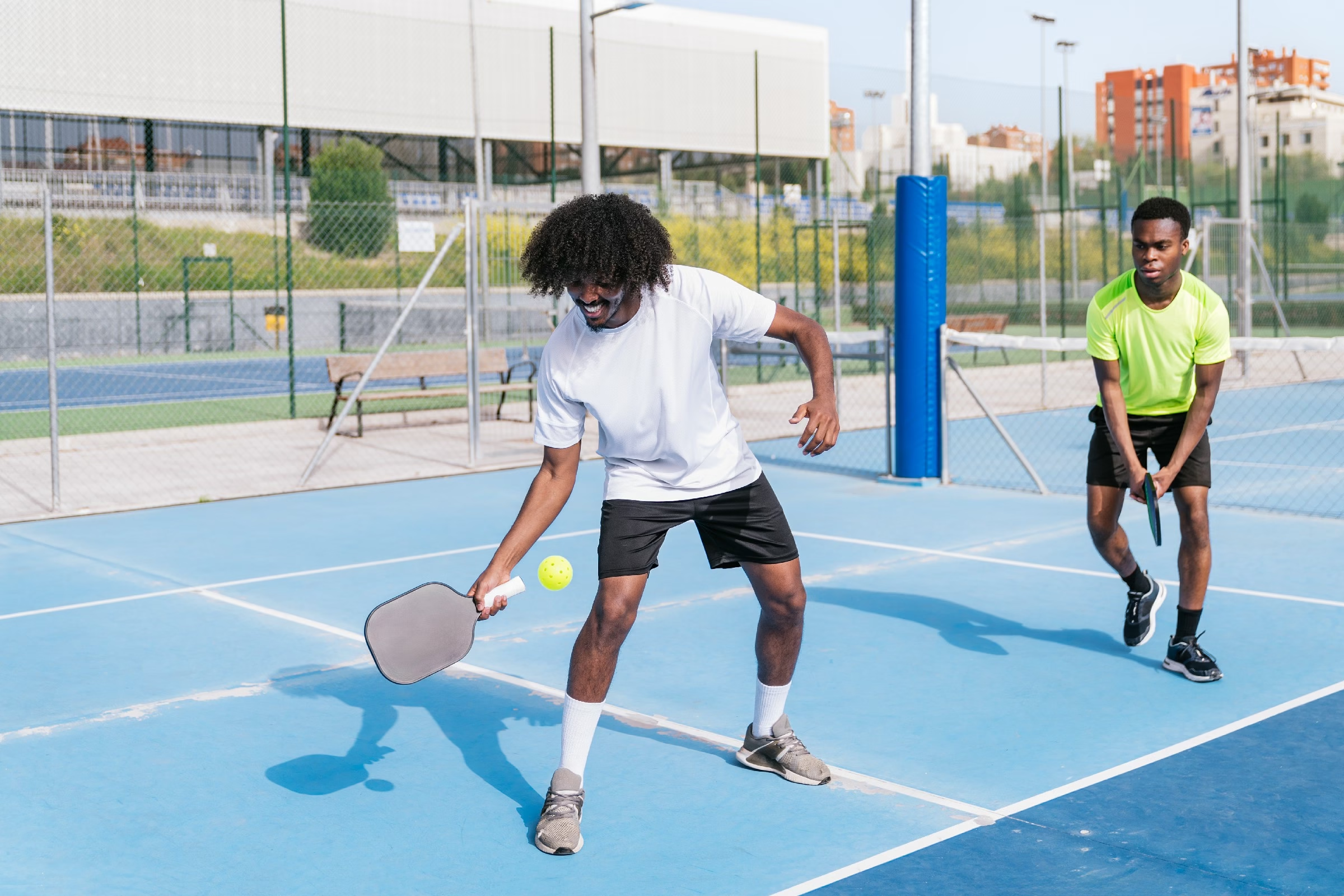Blog
what’s pickleball
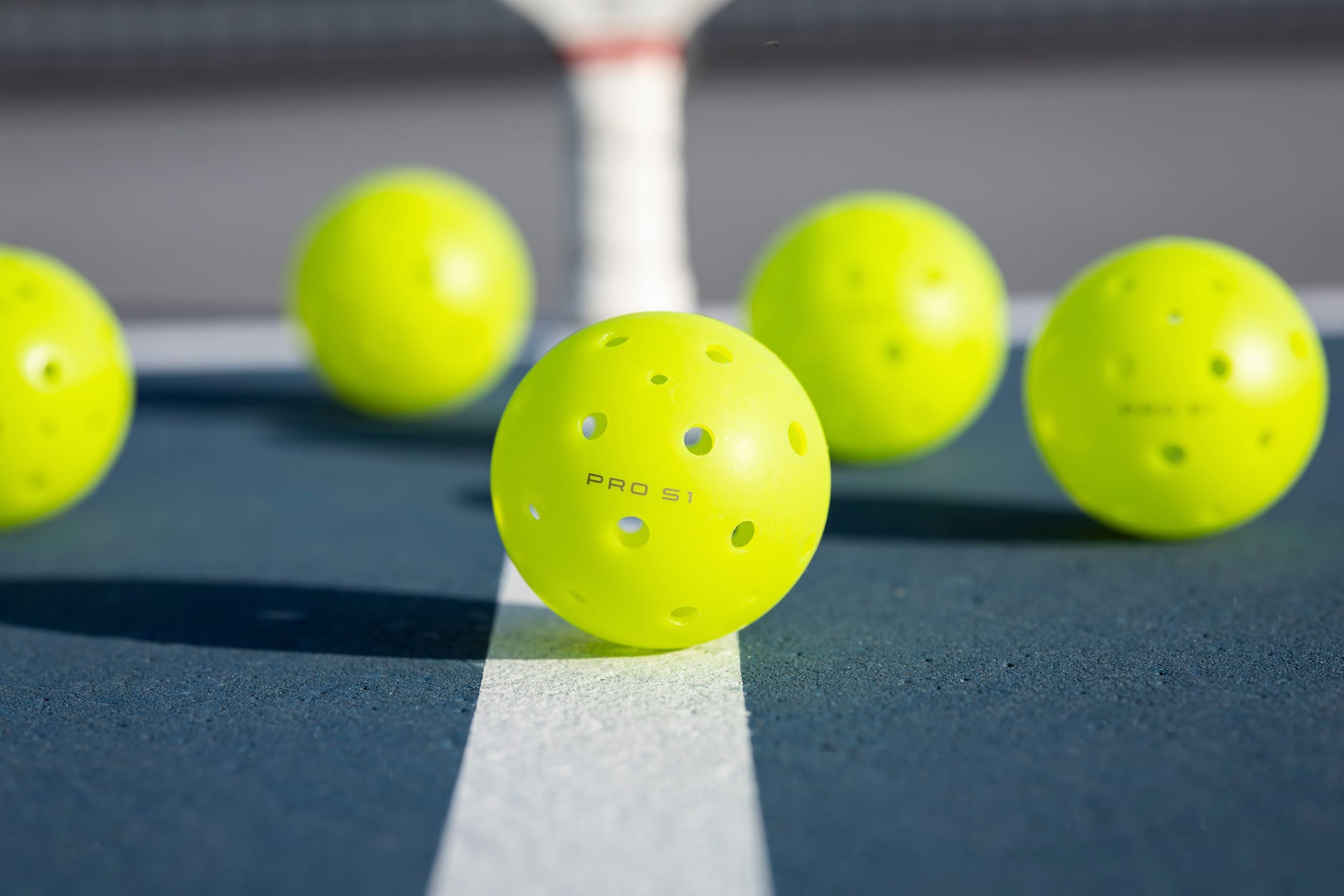
Welcome to the vibrant world of pickleball—a sport that has surged in popularity across backyards, community centers, and sports courts around the globe. With its unique blend of elements from tennis, badminton, and ping-pong, pickleball offers a delightful combination of strategy, agility, and social interaction. Whether you’re a seasoned athlete or a curious beginner, the game promises fun and engagement for players of all ages. In this article, we will explore the origins of pickleball, its growing appeal, and the basic rules that make it accessible to everyone. Join us as we dive into the intricacies of this fascinating game and discover what makes pickleball a beloved pastime for so many.
Exploring the Origins and Evolution of Pickleball
Pickleball emerged in the 1960s as a quirky blend of tennis, badminton, and ping-pong, making it a dynamic addition to the American sports landscape. The game was invented in the summer of 1965 on Bainbridge Island, Washington, when three friends—Joel Pritchard, Bill Bell, and Barney McCallum—sought to entertain their families. With various makeshift equipment available, they improvised rules and created a new sport that balanced competition with fun. The name “pickleball” allegedly comes from the Pritchard family’s dog, Pickles, who loved to chase the errant balls. Over the years, the game has undergone significant changes to improve playability and accessibility.
As pickleball gained popularity, it transitioned from backyard games to organized tournaments, leading to its establishment as a recognized sport. Key attributes contributing to its appeal include:
- Inclusivity: Suitable for all ages and skill levels, fostering community engagement.
- Simple Rules: Easy to learn, allowing for quick adaptations.
- Affordable Equipment: Minimal investment needed to start playing.
The game’s evolution has also been influenced by advancements in technology, including the development of specialized paddles and durable court surfaces. Today, pickleball is played in schools, parks, and recreation centers across the United States and is rapidly gaining traction internationally, showcasing its lasting appeal.

Understanding the Rules and Gameplay Mechanics
Pickleball is a delightful blend of tennis, badminton, and ping pong, designed for players of all ages and skill levels. The game is played on a rectangular court, typically 20 feet wide and 44 feet long, using a lightweight paddle and a plastic ball with holes. Each match begins with an underhand serve, which must land in the diagonal service court. Players can score points only on their serve, creating a unique rhythm as they battle it out across the net. The essential goal is to get the ball over the net and into the opponent’s court, avoiding any mistakes that lead to a fault.
Gameplay mechanics are straightforward but filled with strategic depth. Players engage in dinks, volleys, and smashes, while adhering to the kitchen rule, which prohibits players from entering the non-volley zone to hit the ball. Scoring is often played to 11 points, and a team must win by a margin of 2 points. Here’s a quick summary of key rules:
| Rule | Description |
|---|---|
| Serve | Underhand, must land in the diagonal service area |
| Scoring | Points only awarded on the serving side |
| Kitchen Rule | No volleys in the non-volley zone |
| Winning | First to 11 points (must win by 2) |

Essential Gear and Equipment for Beginners
Getting started in pickleball is exciting, and having the right gear can make the experience enjoyable and comfortable. Beginners should invest in a few essential items to play the game effectively. Pickleball paddles are crucial – they come in various materials, weights, and grip sizes. It’s recommended to choose a lightweight paddle, such as polymer or composite material, which offers both power and control. Additionally, pickleball balls are designed specifically for the sport, usually made of plastic with holes that help maintain flight stability. For those just beginning, opt for outdoor balls, which are often slightly heavier and more durable.
Another important aspect to consider is footwear. A good pair of court shoes can provide the necessary traction and support on various surfaces, helping avoid injuries during plays. Clothing should be comfortable and breathable, allowing for full range of motion. Lastly, consider investing in knee pads or elbow braces for added protection, especially in the early stages when players are still adapting to game dynamics. Below is a quick reference table summarizing the key gear for beginners:
| Gear | Description |
|---|---|
| Paddle | Lightweight, good grip, and tailored for power. |
| Ball | Durable plastic with holes, specific for pickleball. |
| Footwear | Non-slip court shoes for support and traction. |
| Clothing | Breathable, comfortable attire for freedom of movement. |
| Protective Gear | Knee pads and elbow braces for safety. |

Tips for Improving Your Skills and Strategies in Pickleball
To elevate your pickleball skills and strategies, consistent practice is key. Start by joining a local club or community where you can engage with players of different skill levels. This not only gives you a chance to improve your gameplay but also allows you to learn new techniques from more experienced players. Consider focusing on specific areas during each session, such as serving accuracy, footwork, or net play. Practicing drills that emphasize these components can significantly enhance your game.
In addition to practice, watching instructional videos and professional matches can provide valuable insights. Pay attention to how top players position themselves and strategize during critical points. You might find it beneficial to create a skills improvement checklist to monitor your progress. Below is a simple table to help you track essential skills:
| Skill Area | Targets | Progress |
|---|---|---|
| Serving | Improve accuracy | ___ |
| Footwork | Enhance agility | ___ |
| Net Play | Be more aggressive | ___ |
Regularly filling out this table will help you maintain focus and accountability on your journey to becoming a more skilled pickleball player.
Q&A
Q&A: What’s Pickleball?
Q: What exactly is pickleball?
A: Pickleball is a fast-growing sport that combines elements of tennis, badminton, and table tennis. Played on a smaller court with a net, players use paddles to hit a lightweight plastic ball with holes—and yes, it’s as quirky as it sounds! The game can be played as singles or doubles, making it a versatile option for all kinds of players.
Q: Where did pickleball originate?
A: The origins of pickleball date back to 1965 on Bainbridge Island, Washington. It was created by a trio of dads—Joel Pritchard, Bill Bell, and Barney McCallum—who sought to entertain their children. The name “pickleball” reportedly comes from Pritchard’s dog, Pickles, who would chase after the ball whenever it was played.
Q: How is pickleball played?
A: The game starts with an underhand serve, and from there, the players rally back and forth, trying to score points by landing the ball in their opponent’s court. Each game is played to 11 points, and you must win by at least two. The court is divided by a non-volley zone, often affectionately called the “kitchen,” where players cannot hit the ball in the air.
Q: What makes pickleball appealing to so many people?
A: Pickleball is accessible to players of all ages and skill levels. The rules are easy to learn, and the game is typically played at a leisurely pace, making it both fun and social. Plus, with smaller courts and less running compared to tennis, it’s a fantastic way for beginners or those looking to stay active without the high-impact strain.
Q: Are there any specific rules or strategies to keep in mind?
A: Absolutely! Some key rules include the double bounce rule, which states that the ball must bounce once on each side before volleys can happen. Strategy-wise, players often work on their positioning, communication, and shot placement, as quick reflexes and good hand-eye coordination can be game-changers.
Q: Is pickleball making an impact on sports culture?
A: Definitely! Over the past decade, pickleball has seen an explosion in popularity, leading to dedicated courts in parks, community centers, and even exclusive clubs. It fosters a sense of community, with social events and tournaments often organized to bring players together.
Q: Can anyone play?
A: Yes! One of the best aspects of pickleball is its inclusivity. Whether you’re a competitive athlete or someone just looking to have fun, there are opportunities for everyone. Many local leagues and clubs offer equipment rental and clinics for beginners, making it easy to jump right in.
Q: What’s the future of pickleball?
A: The future of pickleball looks bright! With growing participation rates and even discussions about it becoming a collegiate sport, it’s set to continue its rise. Upcoming tournaments and professional leagues are also helping to propel its visibility on a broader scale, making it a staple in the sports world.
Pickleball has firmly established itself as more than just a quirky name—it’s a gateway for social interaction, competition, and a healthy lifestyle. So grab a paddle and step onto the court; the world of pickleball awaits!
In Conclusion
As we wrap up our exploration of pickleball, it’s clear that this dynamic sport has carved out a unique niche in the world of recreational activities. With its blend of tennis, badminton, and ping pong, pickleball not only promotes physical fitness but also fosters community connections and social engagement. Whether you’re a seasoned athlete or just looking for a fun way to stay active, the allure of pickleball is undeniable. So, whether you find yourself on a court for the first time or you’re already strategizing your next match, remember: the joy of pickleball lies not just in the game, but in the friendships forged and the memories made along the way. Grab a paddle, rally some friends, and dive into the vibrant world of pickleball – your next adventure awaits!




